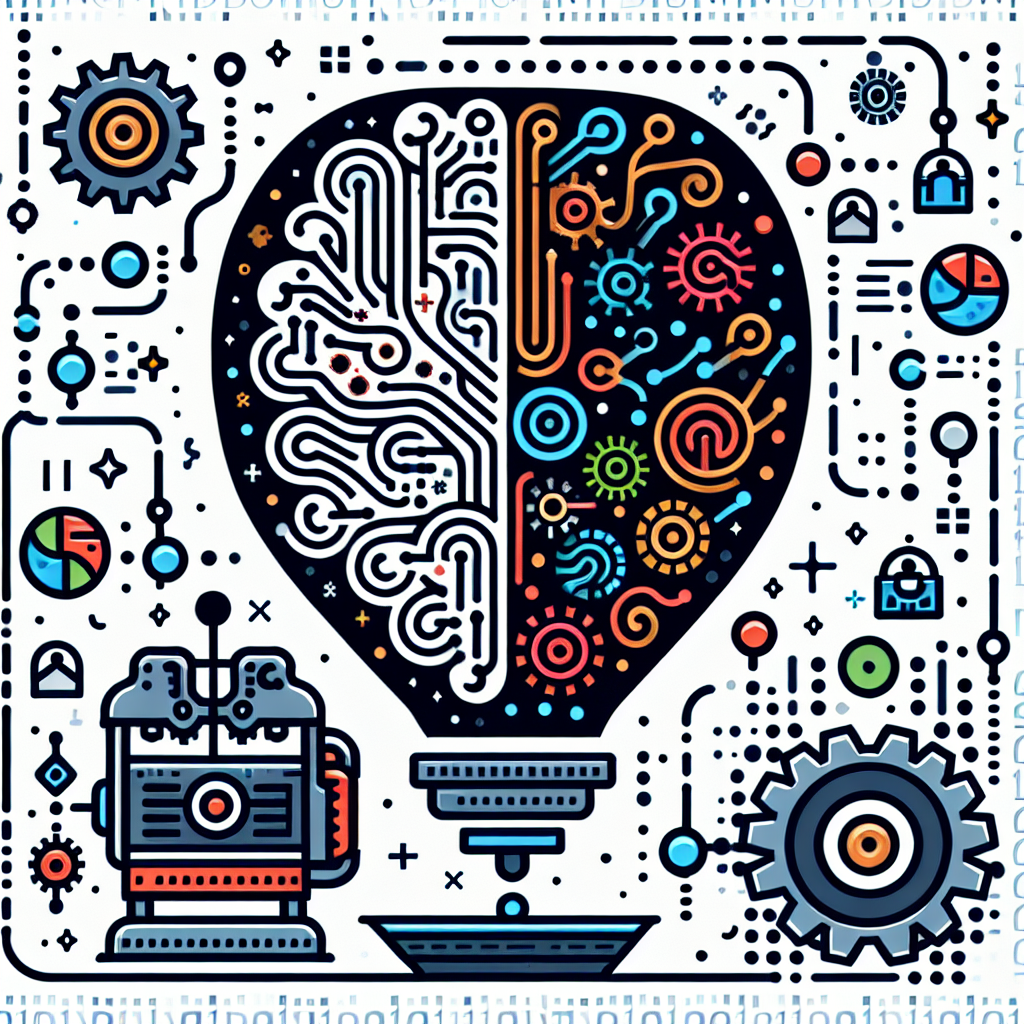Introduction
In today’s globalized world, the ability to communicate across languages is more important than ever. Automated translation services have been around for years, but the advent of artificial intelligence (AI) is transforming how these services operate. In this article, we will explore the impact of AI on automated translation, the technologies involved, and the future of communication.
The Rise of AI in Translation
AI has revolutionized many industries, and translation services are no exception. Traditional translation techniques often relied on rule-based algorithms, which could struggle with idioms and context. AI, particularly through machine learning and deep learning, brings a new level of sophistication to translation.
Machine Learning and Neural Networks
Machine learning algorithms enable translation models to learn from vast amounts of data. Neural networks, a subset of machine learning, help in understanding patterns in language, making it possible to generate more accurate translations. This shift from rule-based to AI-driven translation is facilitating better contextual understanding and fluency.
Benefits of AI-Powered Automated Translation
- Increased Accuracy: AI systems continuously learn from new data, which enhances translation accuracy over time.
- Real-time Translation: AI enables instant translation, allowing seamless communication for businesses and individuals.
- Cost-effectiveness: Automated translation reduces costs associated with hiring human translators for every project, making it accessible to all.
- Diverse Language Support: AI can support an extensive range of languages and dialects, bridging communication gaps internationally.
Challenges and Limitations
Despite the advantages, AI in translation services faces several challenges:
- Cultural Nuances: AI may struggle with cultural references or nuances that require human insight.
- Contextual Understanding: While AI has improved, it can still misinterpret context leading to incorrect translations.
- Security Concerns: Translating sensitive content poses risks regarding data privacy and security.
Future of AI in Automated Translation
As AI technology continues to evolve, the future of automated translation looks promising. Innovations such as collaborative AI, where human translators work alongside AI systems, can help overcome the limitations currently faced. The integration of AI with augmented reality (AR) and virtual reality (VR) can also provide immersive translation experiences in real-time settings.
Conclusion
AI is undeniably transforming automated translation services, making global communication more efficient and accessible. While challenges remain, ongoing advancements in AI technology are paving the way for a future where language barriers are minimized, enabling a more interconnected world.

Leave a Reply